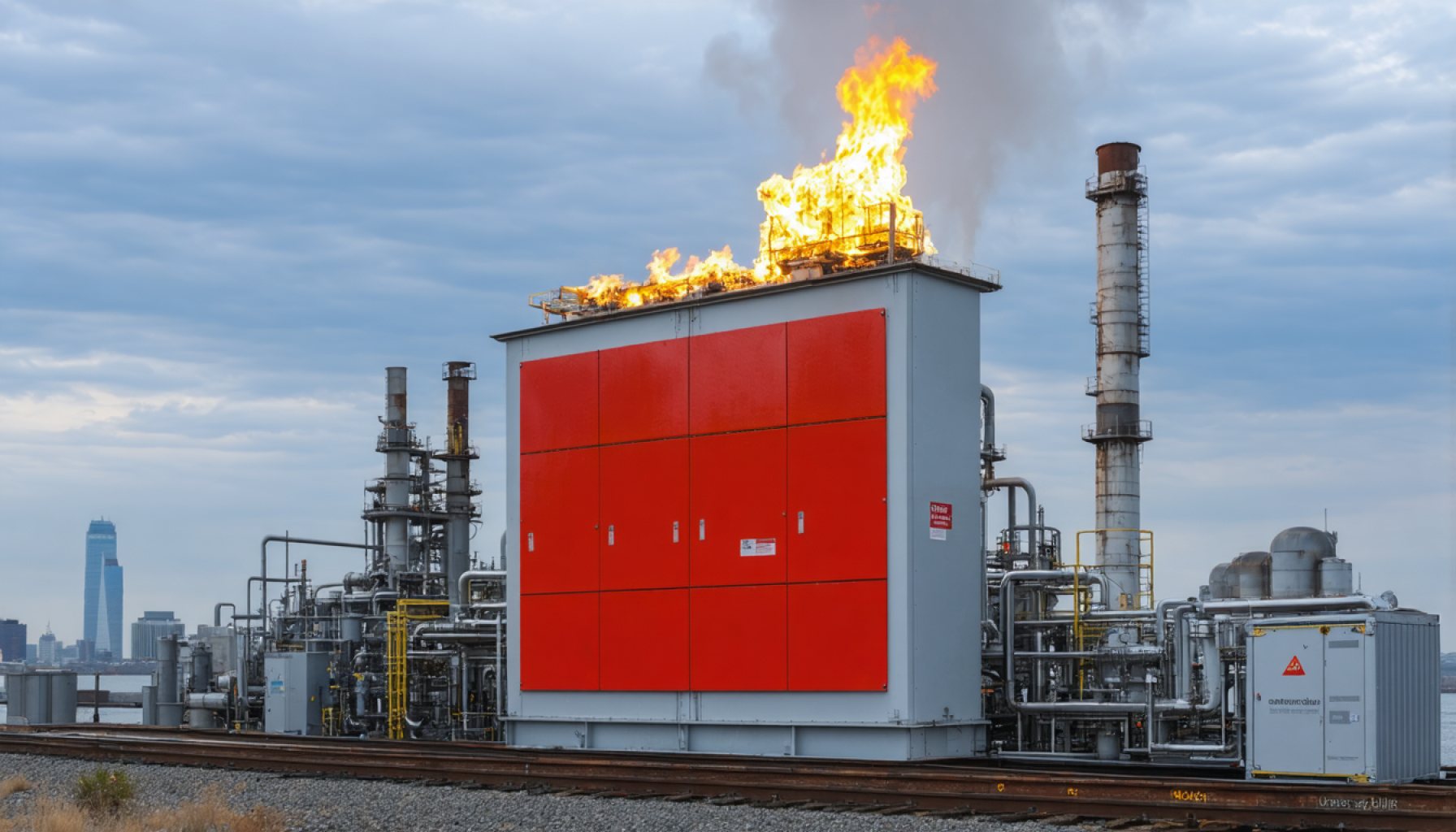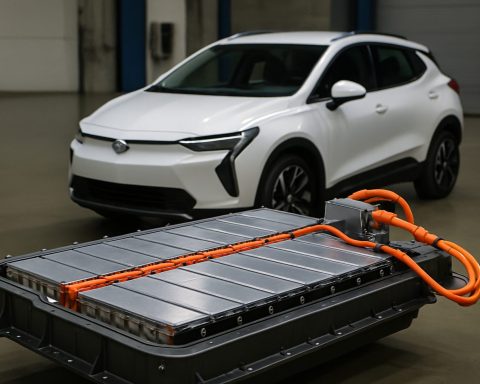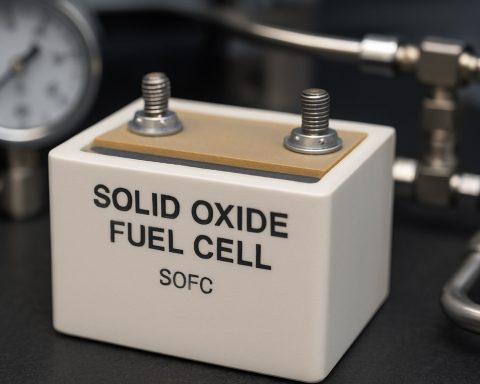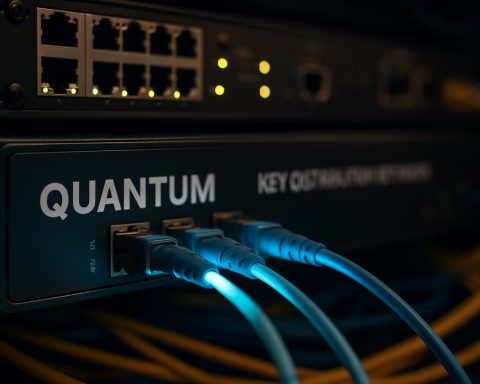- Debate surrounds lithium-ion battery storage facilities in New York, spotlighting safety concerns over potential fires and toxic emissions.
- Local communities, especially in Queens, express apprehension, fearing these sites threaten neighborhood safety and well-being.
- Political figures leverage community fears in their campaigns, reflecting broader discontent with state-driven energy initiatives.
- Advocates argue the facilities are essential for New York to meet the Climate Leadership and Community Protection Act’s goals of a 40% emission reduction by 2030.
- Despite controversy, these facilities are critical components of New York’s renewable energy infrastructure, including wind and solar.
- Tensions highlight the challenge of balancing urban growth and sustainability with community safety and engagement.
- New York faces a crucial decision in integrating renewable energy solutions while respecting local sentiments.
A new wave of fury is sweeping across New York’s boroughs, transcending the familiar struggles of urban planning. Replacing skyscrapers and subways as the center of contention are lithium-ion battery storage facilities—innovative yet controversial sprouts of the renewable energy surge. These enigmatic structures promise a breakthrough for New York’s green ambitions but leave simmering trepidation in their wake.
Picture serene neighborhood streets threatened by the specter of high-voltage giants. In the heart of Queens, Middle Village’s sidewalks now echo with voices of defiance. Parents contemplate moving their children away from schoolyards shadowed by looming battery sites. The fear isn’t just the sleek, unassuming façades, but what lurks beneath—fires that could erupt with unpredictable ferocity, spewing toxic smoke into the air. This is not a mere resistance to change; it’s rooted in the specter of safety, evoking disasters like California’s infamous blazes.
Alarm reverberates in City Hall, too. The indignant clamor wafts into campaigns, with candidates like Curtis Sliwa seizing the uproar as a rallying cry—a manifestation of local democracy in a battle against state-accelerated initiatives. This energy dilemma blends into a broader narrative of urban residents feeling sideswiped by high-stakes decisions made miles away by bureaucrats in rigid offices, crafting plans that might overlook on-the-ground realities.
Yet, behind the barricades of doubt stand stalwarts championing these facilities, asserting steadfast commitments to rigorous safety standards honed by the FDNY. They underscore these storage sites as vital pivots to the state’s audacious Climate Leadership and Community Protection Act. This legislation aims to weave a tapestry of renewable energy across New York: wind, solar, and decisively, storage.
The stakes are undeniably high. The ticking clock demands New York slash emissions by a formidable 40% by 2030. However menacing the battery facilities appear, experts argue they are harbingers of sustainability, crucial to meeting these monumental goals. The abatement of carbon footprints, coupled with significant energy savings, rests heavily on the backs of these storied arrays of lithium cells.
Yet, the narrative remains rife with dualities and echoes from every corner of the five boroughs. Battery storage sites already dot Manhattan’s skyline and Brooklyn’s industrious sprawl. Each installation met with a distinct blend of skepticism, frustration, and reluctant acceptance. The balance between visionary impulses and local apprehension unsettles the dust on these asphalt arenas, painting them as battlefields for New York’s energy future.
New York City stands at an uncanny crossroads. As hundreds of sites stand poised for legislative inspection or community rejection, the question looms: Will this pulsating metropolis embrace or resist the renewable revolution it so desperately needs? While opinions clash like tectonic plates, driving underground ripples visible across the city, one truth persists—a vibrant, energetic city must reconcile its dynamism with a sustainable vision.
So, as New Yorkers navigate this complex infusion of economic growth and ecological soundness, the silent plea beneath the boisterous debates emerges: Can an ever-evolving metropolis lead without sacrificing the sanctity of its backyard? The architects of the future wait and watch, hoping that reason rises from the clamor to light the pathways ahead.
Unlocking the Pros and Cons of Lithium-Ion Battery Storage in New York City
Background
New York City’s ambitious pivot toward renewable energy has put lithium-ion battery storage facilities at the forefront of its green agenda. These installations are crucial for stabilizing the grid and achieving the state’s aggressive climate goals. However, public skepticism regarding their safety and impacts on local communities creates a complex narrative.
The Technology Behind Lithium-Ion Batteries
Lithium-ion batteries are a pivotal technology in the renewable energy sector due to their ability to store energy efficiently. These batteries help balance supply and demand, storing excess renewable energy generated during peak production times for use when production drops. They play a crucial role in New York’s Climate Leadership and Community Protection Act, which mandates a shift to 70% renewable energy by 2030.
Safety Concerns and Real-World Examples
The concern surrounding battery storage facilities largely revolves around safety. Notably, lithium-ion batteries can ignite and catch fire if damaged or improperly handled, leading to concerns about fires and toxic smoke. Several incidents, such as fires in energy storage systems in places like California, have heightened public fears. However, experts insist that with stringent safety standards, risks can be managed effectively.
Industry Trends and Market Forecasts
The energy storage market is on a rapid upward trajectory. According to a report by BloombergNEF, the global energy storage market is expected to reach 1,095 GW/2,850 GWh by 2040. This growth is fueled by plummeting costs and technological advancements. New York is poised to be a leader in this space, potentially paving the way for other urban centers.
How-Tos and Life Hacks for Residents
For residents concerned about nearby installations, understanding the technology and its safety protocols is key:
1. Stay Informed: Regularly attend community meetings about local energy projects.
2. Participate in Evacuation Drills: Know emergency evacuation procedures in the rare event of a battery failure.
3. Advocate for Transparency: Push for clear communication from officials and companies regarding safety measures.
Debates and Limitations
The debate over these facilities is rooted in a broader issue of urban planning and local governance. Some argue that the state’s decisions often disregard local input, exacerbating tensions. Critics question if placing such facilities near densely populated areas is prudent.
Quick Tips for Policymakers
1. Enhance Community Engagement: Implement platforms for community input in planning stages.
2. Prioritize Safety Protocols: Ensure all installations adhere to the highest safety standards with regular auditing.
3. Educate the Public: Provide resources that explain the importance and safety of battery storage.
Sustainable Paths Forward
To reach its ambitious targets while maintaining public trust, New York must balance innovation with community involvement. As this technology evolves, so too must the strategies for integrating it seamlessly into the urban fabric.
Key Takeaway
By embracing transparent practices and prioritizing safety, New York can lead the renewable energy charge without sacrificing the quality of life. For more information about New York’s renewable energy initiatives, visit the New York State Energy Research and Development Authority.
Lithium-ion storage facilities represent both a challenge and an opportunity. As New York trails the path toward a cleaner future, engaging communities and assuring safety will be vital in harmonizing progress with public peace of mind.










